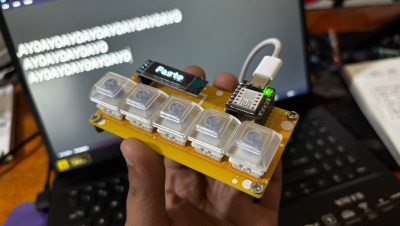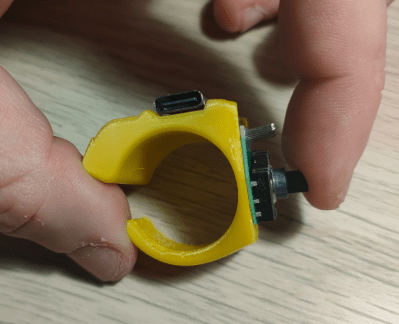What the heck is CircuitPython? Get that question answered along with many more during this Friday’s Hack Chat. Three engineers from Adafruit join us as [Ladyada], [Tony DiCola], and [Scott Shawcoft] lead a CircuitPython discussion at Noon PST on 1/27/17.
CircuitPython is Adafruit’s new extension on the MicroPython codebase. It adds support for SAMD21 processors in MicroPython and reworks the API for better support across platforms and better documentation. Does this still sound like jibberish? The Python programming language has been extended to microcontrollers. CircuitPython is furthering that work and this Hack Chat is the perfect opportunity to talk with the people who are doing that work. They will also be doing a giveaway of five CircuitPlayground m0 Express boards (brand new, not yet released hardware).
Don’t miss this Hack Chat! Here’s a handy web tool to help convert Friday, January 27 at noon PST to your local time.
Here’s How to Take Part:

Hack Chats are live community events that take place in the Hackaday.io Hack Chat group messaging. Visit that page (make sure you are logged in) and look for the “Join this Project Button” in the upper right. Once you are part of the project, that button will change to “Team Messaging” which takes you to the Hack Chat.
You don’t have to wait for Friday, join Hack Chat whenever you like and see what the community is currently talking about.




















